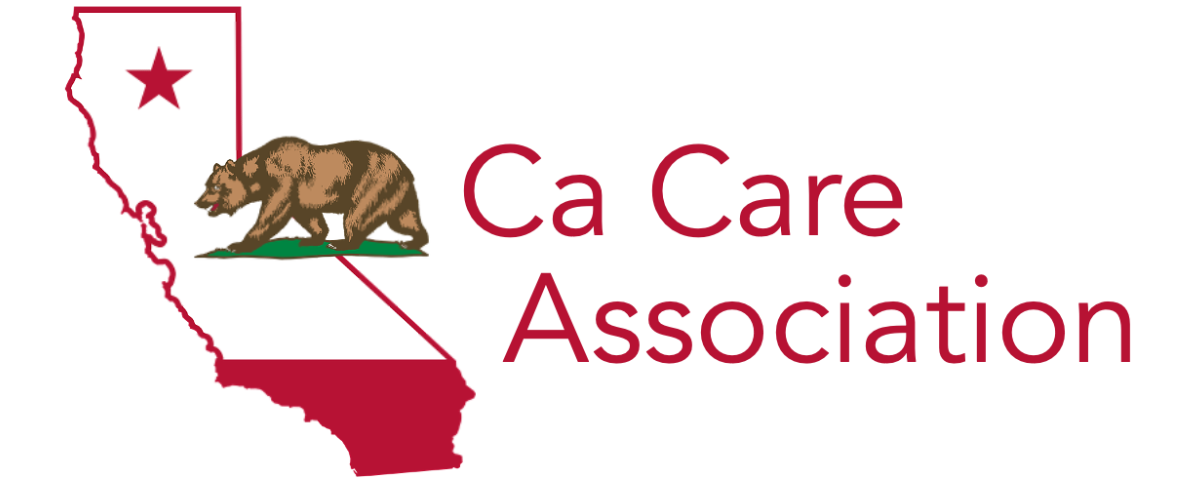The Power of Diversity, Equity, and Inclusion: Creating an Inclusive Workplace
Diversity, equity, and inclusion (DEI) are three things that many workplaces try to achieve, which have emerged as crucial factors for organizational success. Gone are the days when diversity was merely a buzzword. Companies now recognize that true inclusion goes beyond just hiring individuals from different races, ages, and ethnicities; it involves fostering an environment where every employee feels valued, respected, included, and empowered to contribute their unique perspectives.
By embracing DEI, companies can tap into the diverse talents, experiences, and ideas of their employees, leading to increased innovation, improved employee engagement, and ultimately, enhanced business performance. So, let's delve into the power of diversity, equity, and inclusion and discover how they can help create a workplace where everyone feels a sense of belonging.
The Link Between Diversity and Profitability
There have been several extensive studies showing that teams with diverse members have higher and better performance. When companies embrace diversity and create an inclusive work environment, they can unlock numerous benefits that directly impact their bottom line. A study done by McKinsey & Company found that companies at the top for ethnic and racial diversity are 35% more likely to have financial returns above the national average, while those with gender diversity are 15% more likely.
What Does True Inclusion Mean?
Inclusivity isn’t simply just having employees of different races, backgrounds, and gender, It encompasses creating an environment where every individual, regardless of their background, feels valued, respected, and empowered to fully participate and contribute.
Key aspects of true inclusion include:
Employees Have a Voice - In a truly inclusive environment, employees have a voice and can express their opinions freely. It ensures that employees feel safe to express their thoughts, opinions, and ideas without fear of judgment or reprisal. Managers can encourage sharing opinions by setting up weekly meetings, conducting surveys, and checking in with department heads.
Equal Opportunities -True inclusion guarantees equal access to opportunities, resources, and career advancement for all individuals within the organization, regardless of their gender, race, ethnicity, age, sexual orientation, disability, or any other characteristic.
Sense of Belonging - Inclusion creates a sense of belonging where every employee feels like an integral part of the organization. It celebrates and values the diversity of backgrounds, experiences, and perspectives, creating an inclusive culture that embraces and respects differences. Everyone has a role to play, and everyone is an essential part of the company.
Diverse Representation and Proper Policies- True inclusion seeks to ensure that all groups are adequately represented at all levels and in all areas of the organization. It also makes sure that workplace policies do not oppress any of the groups included. For example, does the dress code allow religious coverings?
Continuous Learning and Improvement - True inclusion requires an ongoing commitment to learning, growth, and improvement. It involves regularly assessing policies, practices, and systems to identify and eliminate barriers to inclusion. It also recognizes the evolving nature of diversity and inclusion, staying responsive to the changing needs and experiences of employees.
Conclusion
Building true inclusion requires a concerted effort from leadership, managers, and every individual within the organization. It involves ongoing learning, self-reflection, and continuous improvement. By regularly assessing policies, practices, and systems, companies can identify and eliminate barriers to inclusion, ensuring that diversity is not only acknowledged but celebrated and leveraged for success.
Does your company practice diversity and true inclusion? Share this blog with others for they to promote true inclusions in their companies too. Help us diversify one company at a time
Read more helpful blogs like this in our News and Resources Section


